If pop-ups are blocked for the website, please allow them in your browser and restart the course. Continue the course from the new tab, and do not close this tab until you have completed the course.
The “Business Interruption: Fundamentals of Extra Expense” course teaches
insurance professionals about the basic concepts surrounding Extra Expense
coverage, including the types of Extra Expense and the methods for calculating
appropriate Extra Expenses. The module is presented by Jack Conard, CPCU,
Property Claims Manager at State Auto Insurance Company, and Randall Wilson,
CPA/CFF/ABV, CFE, DABFA, CR.FA, FACFEI, Partner at RGL Forensics.
The
module begins with a general overview of the objectives and definition of Extra
Expense, then walks through an example of a calculation of Extra Expenses in a
hypothetical claim. The presenters instruct the viewer on what documents are
required, how to handle variable or fixed expenses, and how to handle seasonal
trends. The course then explores how to determine if coverage applies, before
discussing three major types of Extra Expense. The remainder of the course puts
theory into action via many real-world examples, so that viewers can understand
how Extra Expense is best calculated and how to handle a number of common
pitfalls.
After completing the course, the attendee will be able to
understand the purpose and definition of Extra Expense coverage; calculate Extra
Expense costs based on projections of normal expenses; handle disputes over
potentially controversial insured requests for coverage, such as grand reopening
parties and multiple temporary locations; gather required documents and obtain
necessary information even when records have been destroyed; discern when an
expense should be considered “variable” or “fixed” and understand how to project
those expenses differently; deal with records that may have been recorded on a
“cash basis” and/or an “accrual basis”; identify seasonal trends in prior sales
data and project lost sales accurately; make a determination as to when coverage
begins and ends; and work with an insured to find creative solutions to get their
business back up and running quickly after a loss. The course is designed for
insurance professionals working in the area of property adjusting.
What CE Credit is available?
Note: To qualify for credit, you must submit completion (including a passed final exam if required) within five days of completing the last quiz. No partial credits will be awarded.
|
State:
|
Adjuster General
CE Hours: |
Adjuster Ethics
CE Hours: |
Attorney General
CLE Hours: |
State's Course ID:
|
| NH | 2.0 | 482715 | ||
| TX (classroom equivalent) | 2.0 | 110478 | ||
| NC | 2.0 | 208013 | ||
| FL * ( Provider Number: 364169 ) | 2.0 Adjuster Optional | 1205533 | ||
| IL | 2.0 | 568954 | ||
| WY | 2.0 | 28576 | ||
| OK | 2.0 | 6000015847 |
* This course has been approved by the Florida Department of Financial Services for insurance continuing education credit.

